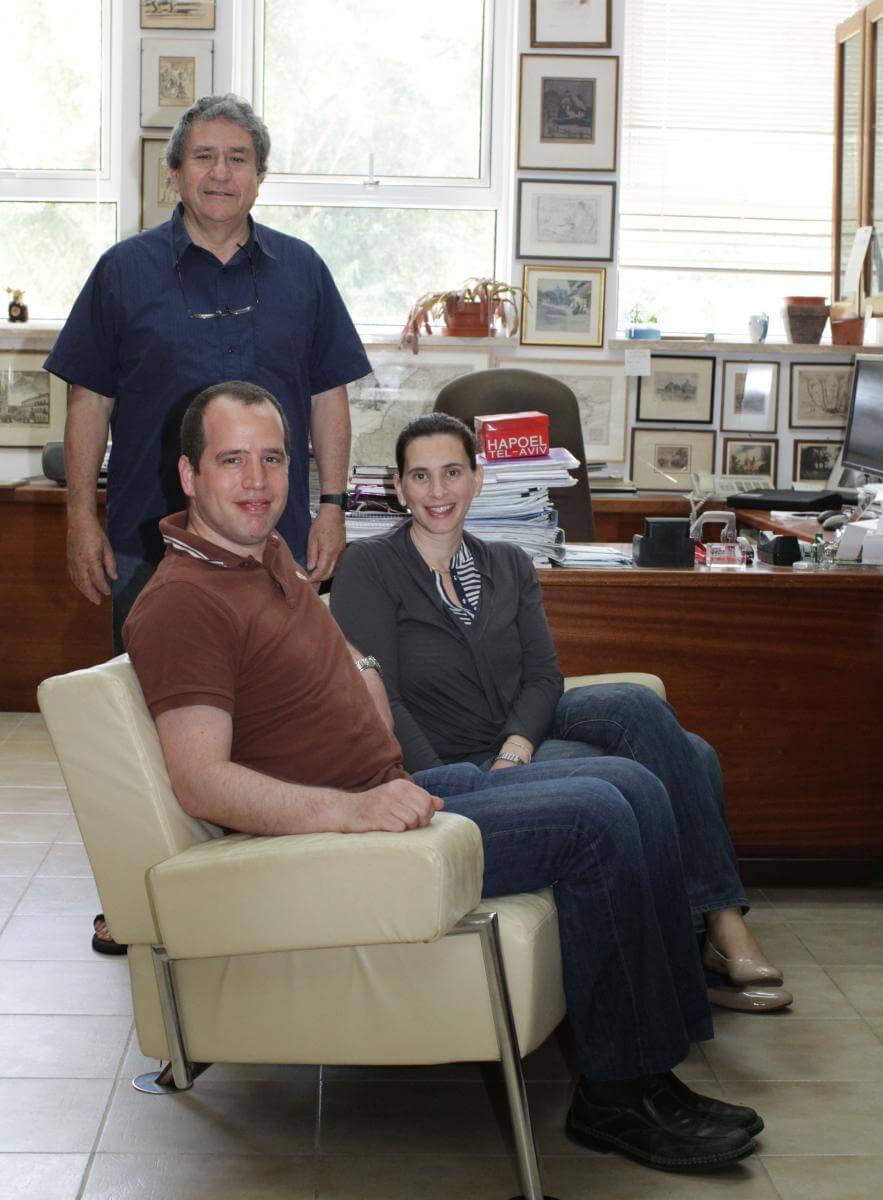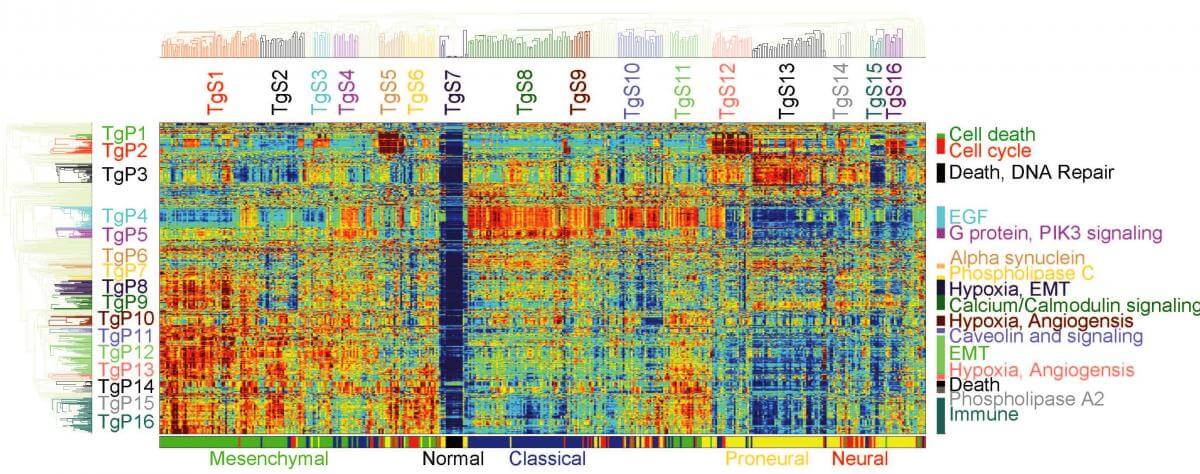Weizmann Institute scientists offer an original way to draw conclusions from the "stacks" of genomic information related to cancer

Doctors who strive to tailor individual treatment to each cancer patient are faced with great uncertainty. Is the tumor developing quickly? How "violent" should the treatment be? And which treatment might be most effective?
There are still no unequivocal answers to these questions, despite the fact that in the last decade enormous amounts of information about the human genome, of both healthy and sick people, have been accumulated. In fact, the sheer amount of information is part of the problem. Cancer is a disease of faulty genes, but humans have over 20 genes, so a doctor trying to define a particular tumor genetically faces a challenge of enormous proportions.
Weizmann Institute scientists offer an original and relatively simple way to draw conclusions from the "stacks" of genomic information related to cancer. Prof. Eitan Domani and Dr. Yotam Dreyer, from the Department of Physics of Complex Systems, developed an algorithm called Pathifier, which can help researchers and doctors predict the course of development of a cancerous tumor based on its genetic profile. As reported in the Journal of the American National Science Association (PNAS), the scientists, together with postdoctoral researcher Dr. Michal Shafer, were able to use Pathifier to identify previously unknown subtypes of cancer that have different prognoses.
As its name implies, the Pathifier analyzes biochemical pathways (in English pathways), meaning chains of biochemical reactions that control cell life, each of which includes about 20 to 30 genes. About 500 such orbits are known to science. In any cancer, at least some of the pathways are not functioning properly. For example, if there is a disruption in several pathways responsible for cell growth, it divides without restraint, thus creating a tumor that continues to develop. The degree of disruption of different pathways is different in different cancers and in each patient.
Pathifier compares genomic information from cancerous and healthy cells, and gives a "disruption score" to each biochemical pathway. The sum of these scores constitutes the tumor's profile. The scientists believe that this profile can help in assessing the degree of aggressiveness of the cancer, makes it possible to predict the chances of treating it with a certain drug, and may even be able to help identify key biochemical processes, which in the future will be a target for new healing methods.
Since the new algorithm focuses on pathways and biological processes, it gives a more reliable picture of the characteristics of cancer - compared to methods that follow individual genes. "It's like testing a car by checking the operation of its engine, brakes and other systems, instead of breaking it down into basic elements and looking at all the parts and screws separately," says Prof. Domani. Furthermore, the method is reliable, because it relies on the analysis of large databases of genomic information from hundreds of patients. At the same time, the method is also effective, because it focuses on essential information only, and does not try to include a huge number of genomic details.

In the new study, the scientists used the Pathifier algorithm to diagnose glioblastoma brain cancer. It is known from previous genetic studies that patients with this particular type of cancer live longer than others. Based on the profile of the tumors, the algorithm was able to isolate a subgroup of patients who do live longer, compared to the other patients suffering from the same type of cancer. In addition, using the Pathifier, the scientists identified three biochemical pathways in colon cancer, the degree of disruption of which can predict the patients' life expectancy.
The Pathifier can be used as a research tool that allows scientists to reliably process genomic information related to cancer. But in the future it could lead to the development of markers that will help doctors choose appropriate treatments for their patients. These markers will be based on measuring the level of various chemicals that indicate the activity of key biochemical pathways. Doctors will rely on these markers to assess the disruption profile of the tumor.
